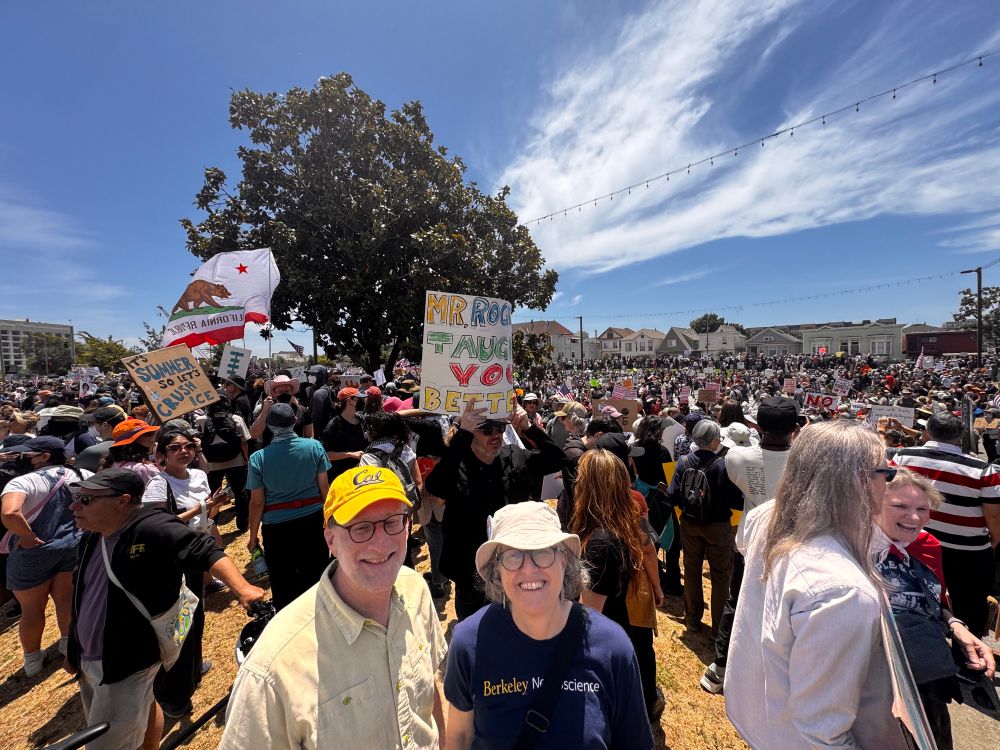Dan Feldman
@danfeldman.bsky.social
430 followers
52 following
10 posts
Neuroscientist at UC Berkeley, studying cortical circuits, coding, plasticity, and autism.
www.feldmanlab.org
Posts
Media
Videos
Starter Packs
Reposted by Dan Feldman
Reposted by Dan Feldman
Marla Feller
@mfeller.bsky.social
· Aug 1
Dan Feldman
@danfeldman.bsky.social
· Jul 1
Dan Feldman
@danfeldman.bsky.social
· Jul 1
Dan Feldman
@danfeldman.bsky.social
· Jul 1

Reward history guides focal attention in whisker somatosensory cortex
Nature Communications - Mice flexibly shift attention between specific whiskers on a rapid timescale based on recent stimulus reward history in a detection task. Attention is correlated with a...
rdcu.be
Dan Feldman
@danfeldman.bsky.social
· Nov 2

VIP interneurons in sensory cortex encode sensory and action signals but not direct reward signals -...
Vasoactive intestinal peptide (VIP) interneurons in sensory cortex modulate sensory responses based on global exploratory behavior and arousal state, but their function during non-exploratory, goal-di...
pubmed.ncbi.nlm.nih.gov
Dan Feldman
@danfeldman.bsky.social
· Nov 2

Degraded tactile coding in the Cntnap2 mouse model of autism - PubMed
Atypical sensory processing in autism involves altered neural circuit function and neural coding in sensory cortex, but the nature of coding disruption is poorly understood. We characterized neural co...
pubmed.ncbi.nlm.nih.gov
Dan Feldman
@danfeldman.bsky.social
· Nov 2
Dan Feldman
@danfeldman.bsky.social
· Nov 2



